I look on with two others from an earlier generation, cameras now dangling at our sides. We also devoted time to help return a fish that few today have ever seen in the wild. We are working with the aptly named Project SHARE (Salmon Habitat and River Enhancement) to save the last of the Atlantic salmon in the Narraguagus River of Downeast Maine by building post-assisted log structures, or PALS for short, to undo the damage of the log drives from decades past.
Two of the women just photographed have repeated this daily adventure for several weeks running. Two others are newcomers who were more than happy for a morning of distraction after a few days of data collection with me further down river. They are all gathered around a heavy piece of crimson machinery that works like a jackhammer to drive wooden stakes into the stony riverbed to stabilize the logs. The setting provides the perfect snapshot of modern river restoration, but it also echoes a forgotten period of fisheries management and I begin to conjure visions of bygone eras.
Beginning in the 18th century, generations of loggers used waterways, including the Narraguagus River, as conduits for logs and, in the process, battered riverbeds and banks. Boulders were blasted away, snags were extracted, logjams were vigorously dismantled and the river was transformed into a featureless canal. Eventually, truck transportation replaced rivers, but the damage was done and the habitat was slow to recover.
In the 1930s, groups of young men gathered in work crews across the nation, happy for income during a time of national shortage. The Civilian Conservation Corps crews were supervised by mangers who completed two-week government workshops that was part of a new nationwide experiment to improve rivers. They probably had no specific plans to follow, little experience to draw from and an overconfidence in the ability of man to improve on nature. They built structures designed for permanence, but placed them in a landscape of constant change and energy. Their products can still be discovered from time to time along the banks of our country’s waterways. They represent an outdated vision of a river that has long since passed.
Our modern river restoration approach is more scientifically established. The locations and dimensions of each post-assisted log structure were carefully discussed and debated. Today we are hoping to provide a temporary impetuous for change that replicates the natural processes of erosion and deposition of yesteryear. Still, rivers are powerful entities that do not usually have much patience for human’s attempts to modify them. We will be successful if the engineering feats we have just completed create new ecological niches for the next generation of salmon and are later erased by the shifting river currents of a dynamic future.
Although some of our young crew are receiving monetary compensation, they are primarily motivated by a desire for positive change. There are plenty of better paying, less physically demanding jobs available. Despite their college training in scientific fields related to the restoration work underway, the four women would not have been welcomed in the all-male Civilian Conservation Corps crews of the 1930s. Fortunately, times have changed and these quartet have a chance to demonstrate what they can do. They represent the future for American rivers because of the physical changes they fashioned, their growing expertise and the enthusiasm they will bring to forthcoming endeavors.
It is not yet clear if the modern efforts will be any more successful than the often naive and fruitless labors of the past. Our leader received special training in the construction of post-assisted log structures that is a partial reincarnation of the two-week government workshops of the past. He looks to me for some reassurance that our engineered logjams will have the desired effect and reinvigorate a river that lost its impetuous for renewal.
My advanced degrees and years of research on rivers have not fully prepared me to answer the hopeful stares from my colleagues. Scientists are trained to observe, to offer multiple potential outcomes and to equivocate whenever possible. I am most excited about a large pine that did not fall as intended and now fully spans the channel. This new overpass for insect and rodent alike may draw the ire of canoeists but, more importantly, should create the type of habitat young salmon need. I draw more from my sense of hope than my experience when I offer an optimistic reply.
Ultimately our opinions are not the ones that matter. The salmon will eventually let us know if we understand their needs. My young colleagues will be paying attention. They will learn, reconsider and adapt restoration approaches as needed. I only hope that our well intentioned efforts will turn the tide while there are still salmon left to save.
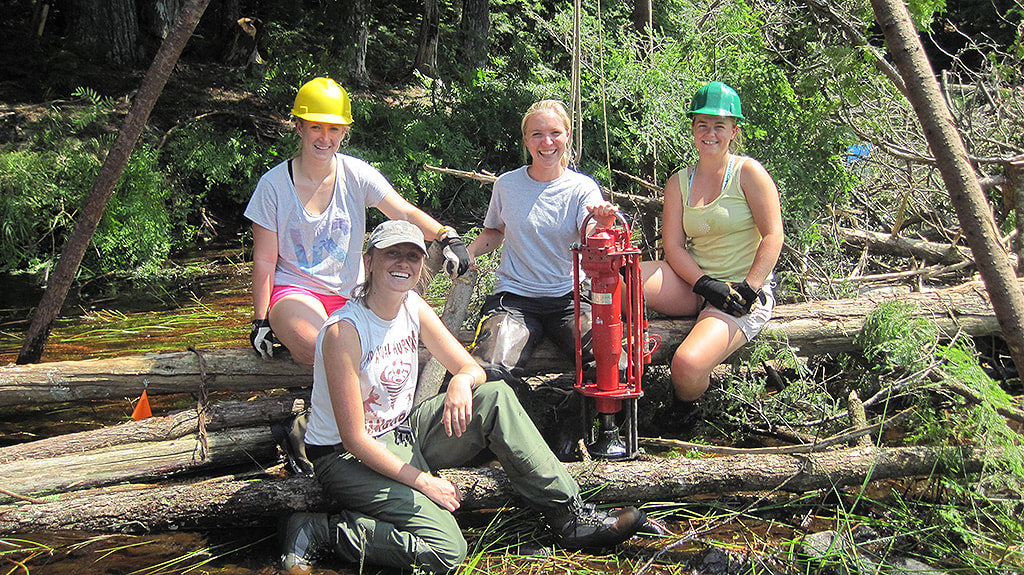
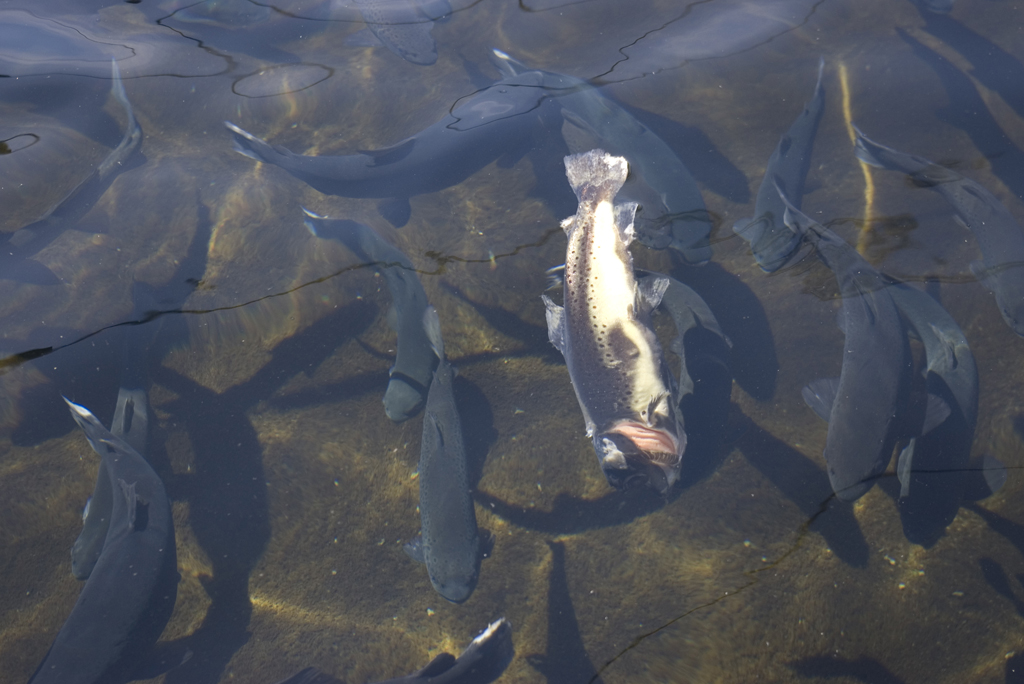
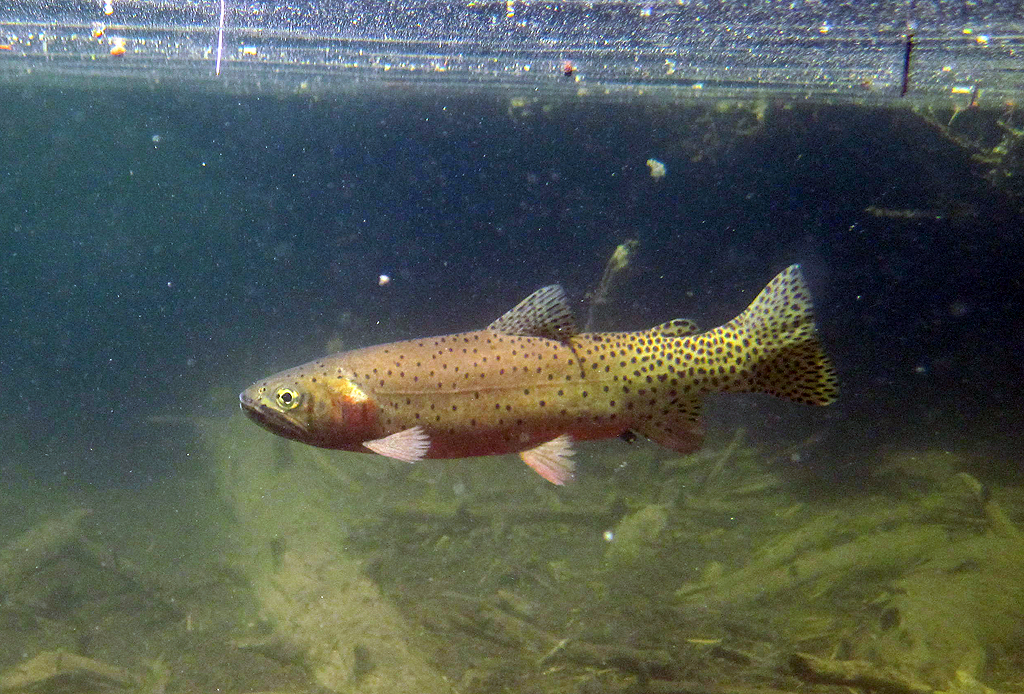
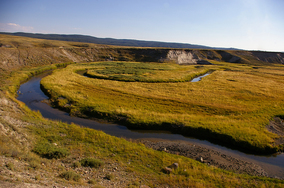
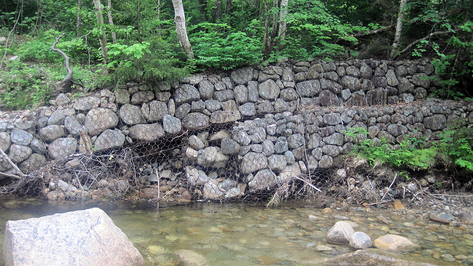
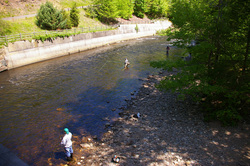
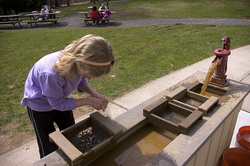
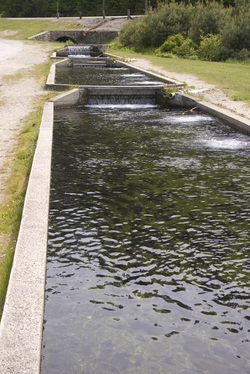
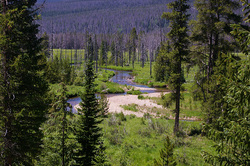
 RSS Feed
RSS Feed
